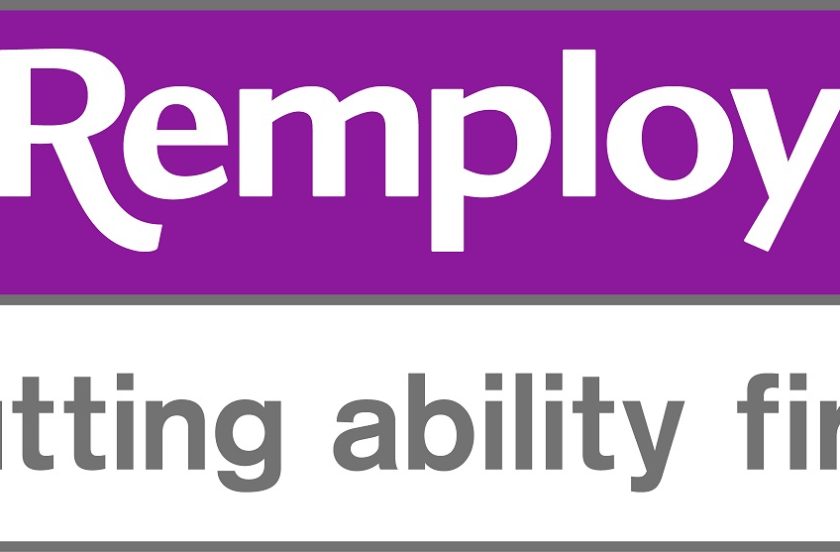From October 2009, various New Deal programmes, the cornerstone of the government’s active labour market policies since 1997, will be replaced by the Flexible New Deal (FND). The new programme will aim to find more effective ways to help more than 200,000 long-term unemployed people into work each year. Under FND, after 12 months of unemployment, claimants will be referred to private or third sector contractors, which will be paid by results to find them work. This new approach represents a radical shift in mainstream employment services. With up to £2 billion of contracts to be allocated over the next five years, and with the prospect of much more to come, it will be important to get the policy right.
In this report, the authors examine how likely the implementation of FND will be to succeed in four key areas: cost-effective commissioning; helping all jobseekers; preventing ‘revolving door’ employment; and stimulating innovation in welfare-to-work provision. In each area, FND in practice promises not to be as effective as it could or should be. The authors argue that this is the result of a failure to design the programme in a way that aligns incentives between contractors and government. The authors describe practical approaches to resolve the tensions between procurer and contractor. In doing so, they suggest the blueprint for a 21st century a welfare-to-work programme that offers the step-change in performance that the government seeks.

